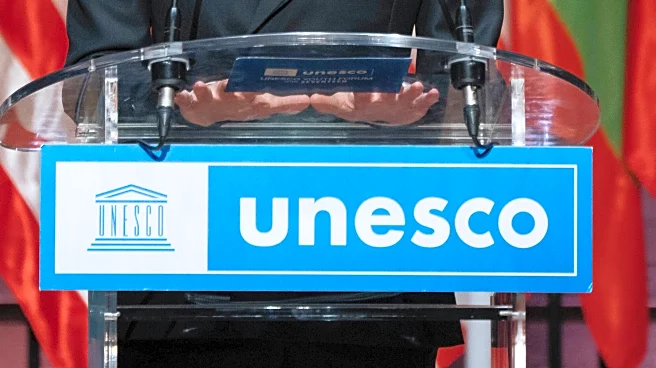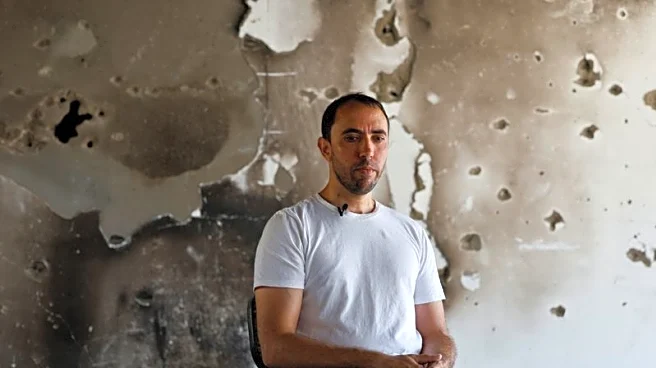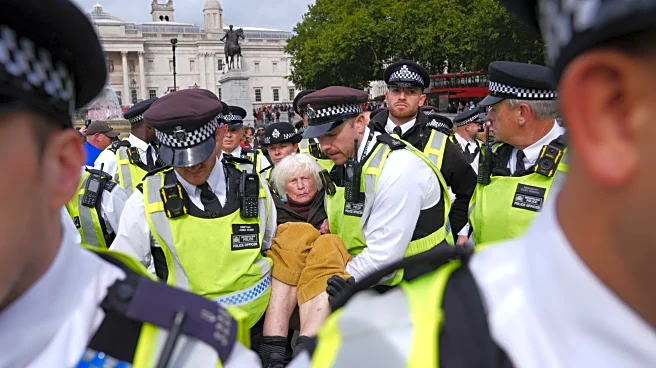What's Happening?
Two years after the Oct. 7, 2023, attacks in Israel, which resulted in significant loss of life and community destruction, there has been a notable increase in Jewish philanthropic donations. This surge, often referred to as the 'Surge,' has seen donations to Jewish and Israeli causes exceed $2 billion, with some estimates suggesting figures surpassing $3 billion. Major beneficiaries include the Jewish Federations of North America’s Israel Emergency Fund, which raised $900 million, and other organizations like Friends of the Israel Defense Forces and American Friends of Magen David Adom, which saw donations multiply compared to previous years. This increase in financial support is attributed to the global Jewish community's response to the attacks and the ongoing needs in Israel.
Why It's Important?
The surge in donations highlights a significant shift in Jewish philanthropic priorities, focusing on emergency response and rebuilding efforts in Israel. This trend underscores the global Jewish community's solidarity and commitment to supporting Israel in times of crisis. However, it also raises questions about the sustainability of such giving levels and whether this marks a long-term trend or a temporary response to a specific event. The increased financial support is crucial for addressing the heightened needs of Israeli society, especially as government funding for social services remains insufficient. The outcome of this philanthropic surge could influence the future of Jewish identity and the Israel-Diaspora relationship.
What's Next?
The future of this philanthropic trend remains uncertain. It is unclear whether the surge in donations will continue or if it was a one-time response to the Oct. 7 attacks. The ongoing needs in Israel, coupled with potential diplomatic developments, such as the ceasefire talks and the debate over a two-state solution, could impact future giving patterns. Additionally, the role of philanthropy in filling gaps left by government funding will be critical in addressing the long-term needs of Israeli society.
Beyond the Headlines
The increase in donations has not been uniform across all Jewish organizations. While those connected to the Oct. 7 attacks have seen a boost, cultural institutions and other groups not directly linked to the recovery efforts have experienced a decline in support. This disparity highlights a shift in donor priorities and raises concerns about the broader implications for Jewish cultural and educational initiatives. The rise in antisemitic incidents globally and the varied responses from different communities also add complexity to the philanthropic landscape.












